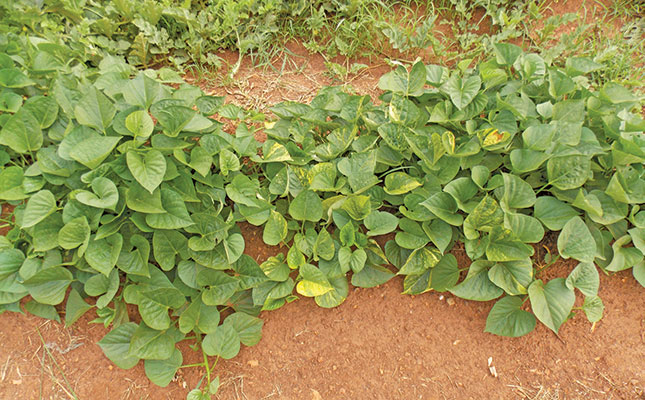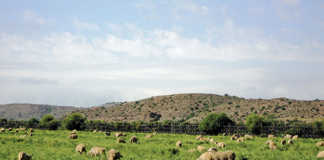
Photo: Bill Kerr
I’ve known farmers who have come across symptoms of chimera on their plants, and asked me how the ‘disease’ should be treated. Unless you’re familiar with the condition, the symptoms look like those of a horrific virus: the leaves have a mottled appearance as if they are severely diseased.
Chimera, however, is actually a genetic condition in which two genotypes are present in one organism. Or, put another way, the plant contains two sets of DNA, with the code to make two separate organisms, but joined together.
Mutation
The condition usually arises from a mutation, and can be a useful condition in some plants, particularly trees and shrubs. These plants can have ornamental value, with their mottled patterns serving as attractive highlights in the garden.
One common example of this is the privet, which has a highly variegated pattern on its leaves. However, privets often revert to green foliage when a section breaks away and then dominates on account of the green foliage being more efficient. This also happens to some variegated ground covers.
The stability of the chimera in plants depends on the area where the chimera starts. My late father used to grow thornless youngberries for a jam factory. What amazed me was that we could reproduce the plants with cuttings or layering, but if a root broke the surface and produced a shoot, it would be full of thorns.
There were two sets of DNA in the plant, hence two genotypes: the original thorny version and the mutated thornless one. The roots belonged to the one phenotype, and the branches and fruit belonged to another.
Transmission
Chimera can be passed on through seeds or, if required for ornamentals, it can be grafted onto a normal plant, as with variegated provost.
I once struggled with my carrot breeding, as chimera would manifest in a number of plants, and these had to be removed for several years until this gene was eliminated from the variety. When chimera manifests as chlorophyll depletion, for example, the performance of the plant will suffer.
But chimera can be highly beneficial. In fruit or nut trees, for example, chimera may result in a larger fruit with better taste or some other benefit, such as early maturation. An observant farmer could use this branch to graft with and even register a new variety.
Crops such as litchis command a much higher price when marketed early. Any farmer who observes a branch with fruit that is ripening earlier than the rest of the tree would be strongly advised to make new plants from this. If a branch produced bigger fruit, it would be a huge advantage as well.
Bill Kerr is a vegetable specialist and a breeder of a range of vegetables.











